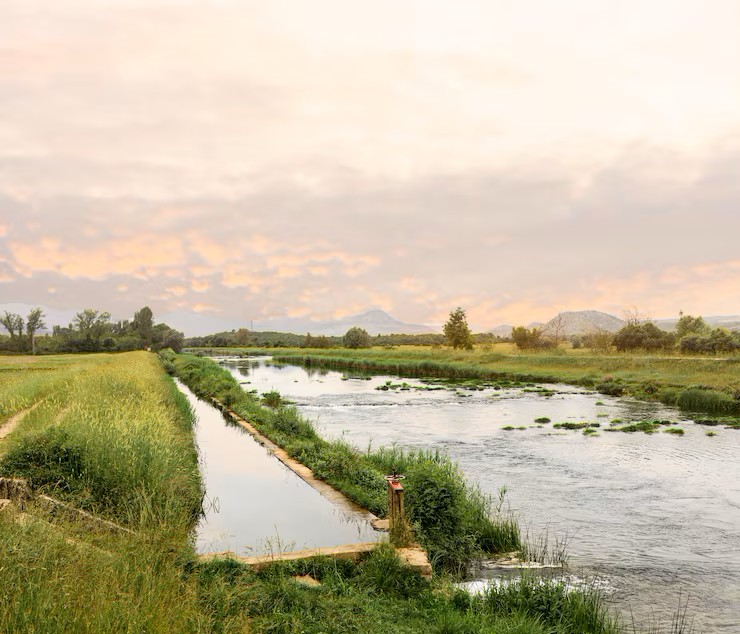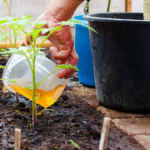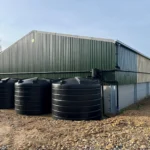Swales are one of the most effective and natural methods for conserving water on farms, gardens, and landscapes. Designed to slow, capture, and redirect rainwater, swales help reduce erosion, recharge groundwater, and support healthy plant growth — especially in dry or drought-prone areas. Building a swale is a simple yet powerful way to make better use of rainfall and improve land productivity.
A swale is essentially a shallow, broad ditch dug along the contour of a slope. Unlike regular trenches that channel water away quickly, swales are built to hold water in place, allowing it to slowly soak into the ground. This helps retain moisture in the soil, reduces surface runoff, and supports nearby plants by directing water to their root zones.
The first step in building a swale is choosing the right location. Look for a gently sloping area where water naturally flows during rain. Avoid steep slopes, which can cause erosion or make the swale unstable. Use a level or an A-frame tool to mark contour lines — these are horizontal lines across the slope where the swale will be placed. Following the contour is crucial because it ensures water spreads evenly and doesn’t rush downhill.
Once you’ve marked the contour line, dig a shallow trench along it. Swales can vary in size depending on the land and water flow, but a typical small-scale swale is about 30–60 cm deep and 60–90 cm wide. The excavated soil should be piled on the downhill side of the trench to form a berm. This berm helps trap and hold the water that collects in the swale, giving it time to infiltrate into the soil.
To make the swale more effective and long-lasting, plant grasses or shrubs on the berm. The roots help stabilize the soil and prevent erosion. Mulching the swale with straw, leaves, or wood chips also improves water retention and reduces weed growth. If you plan to use the swale to irrigate crops or trees, plant them just below the berm where the soil stays moist longer.
In larger properties or farms, multiple swales can be built across the slope, spaced vertically according to the steepness of the land. This stacked approach ensures that each swale catches overflow from the one above, making the system more efficient and reducing the risk of flooding during heavy rains.
Maintenance is minimal but important. Regularly check the swale after rainfall to ensure it isn’t clogged with debris, eroded, or uneven. Over time, swales may need to be reshaped or re-dug slightly to maintain their effectiveness. Adding organic material like compost or mulch seasonally can also improve the soil structure and water-holding capacity.
Building a swale is a low-cost, eco-friendly solution for managing water on the land. It supports sustainable agriculture, improves plant health, and helps combat drought by making every drop of rain count. Whether you’re managing a garden, a small farm, or a piece of undeveloped land, swales offer a practical way to conserve water and build resilience into your landscape.







